Bring your landscape to life with these ornamental grasses!
When you picture a lush garden, you probably think about beautiful flowers, herbs, shrubs, fruit trees, or vegetables. But have you ever considered ornamental grasses? If not, you should know that ornamental grasses can improve any backyard landscaping.
Unlike a sprawling lawn, these types of grasses are low-maintenance and don’t require mowing. The best ornamental grass types add volume and texture, filling in blank spaces and giving garden beds a touch of class. Many types want full sun, although some can even thrive in shadier conditions.
They provide sun coverage to your garden’s delicate flowers and shrubs, making garden beds look more vibrant in the off-season. Their density also makes them perfect for creating natural boundaries and adding privacy, especially around a patio or pool.
Ornamental grasses also look gorgeous when dried for longer-lasting floral arrangements. If you choose the right types for your USDA Hardiness Zone, you can pretty much plant them and forget about them.
Typically, they only need to be pruned once a year in winter to come to life stronger in the spring. So, if you’re wondering which types would go best in YOUR yard, Gardeners And Plants has come to the rescue! Here are our 20 favorite ornamental grasses and what you should know about them.
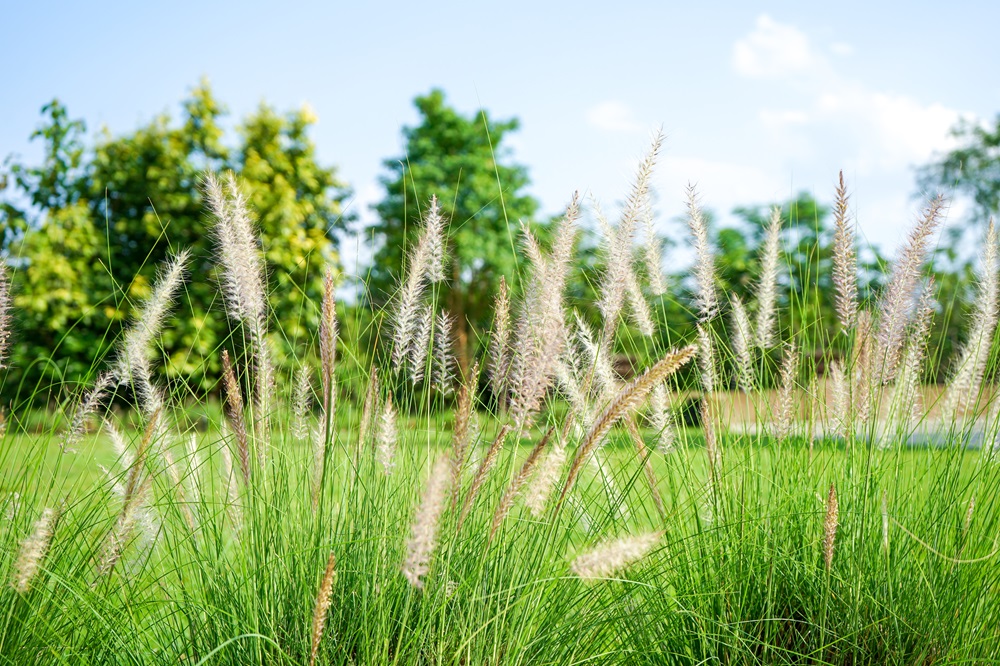
Indian Grass
-Zones: 4-9
-Growing requirements: Full sun and well-drained soil
-Size: To 5 feet tall
You can count on Indian grass, a.k.a. Sorghastrum nutans, as an effective solution for slope erosion control or an outstanding vertical accent for your borders. This ornamental grass once dominated the tallgrass prairie, which covered significant parts of the Midwestern US.
Its blue-green foliage turns orange-yellow once fall rolls around and retains its hints of color all throughout the winter. As a bonus, birds love the seeds in their light brown flower panicles.
Fiber Optic Grass
-Zones: 10-11 (frequently grown as an annual in colder Zones)
-Growing requirements: Full sun or part shade and moist soil
-Size: To 6 inches tall
We highly recommend you discover the unique tender perennial fiber optic grass, a.k.a. Isolepis cernua, that’s frequently grown as an annual. It has a fine texture and its low, mounding habit is excellent for container gardens.
You’ll love Its mop-like clump of delicate green stems that are highly dense and have a spilling shape. Since this ornamental grass stays compact, it’s also a suitable choice for gardening in smaller spaces.
Pink Muhly Grass
-Zones: 5-11
-Growing requirements: Full sun to part shade and well-drained soil
-Size: To 3 feet tall
Pink muhly grass, a.k.a. Muhlenbergia capillaris, and more popularly called pink hair grass, makes a fine-textured addition to cottage gardens or perennial borders.
This ornamental grass has dark green foliage that clumps and blooms in the fall season with masses of airy pink to red flower panicles.
Blue Fescue
-Zones: 4-8
-Growing requirements: Full sun or part shade and well-drained soil
-Size: To 1 foot tall
This option is a short grass that’s perfect as a groundcover or for edging. Blue fescue, a.k.a. Festuca glauca, offers powder-blue foliage on tidy dwarf stacks.
Light green flowers with a purple tinge pop up in panicles above the foliage at the end of spring through early summer. One of the most reliable kinds is “Elijah Blue.”
Maiden Grass
-Zones: 4-9
-Growing requirements: Full sun and moist, well-drained soil
-Size: To 8 feet tall
Here’s one of the most common ornamental grasses you can plant: The maiden grass, a.k.a. Miscanthus sinensis, is big, stunning, and easy to manage. Also known as Chinese silver grass, it offers narrow, arching foliage and silvery plumes. And if you wish to add more color to your landscape, look for variegated choices such as “Dixieland.”
Just keep in mind that maiden grass is considered an invasive species across most of the eastern part of the US. It also increases fire risks in those invaded areas.
We recommend checking your state’s invasive plant lists before planting this grass in your yard. Even cultivars praised as sterile have been found to produce viable seeds in tests.
Canada Wild Rye
-Zones: 3-8
-Growing requirements: Full sun and well-drained soil
-Size: To 5 feet tall
This fast-growing, short-lived perennial grass has gorgeous, curving seed heads resembling cultivated rye spikes.
When there’s a breeze in the air, these seedy spikes sway and bob, living up to this plant’s other common name: nodding wild rye.
The added benefit of this type of grass provides year-round shelter and food for birds with Canada wild rye, Elymus canadensis. Birds love to eat the seeds and depend on the foliage to make nests.
Fountain Grass
-Zones: 5-9
-Growing requirements: Full sun and well-drained soil
-Size: To 5 feet tall
Fountain grass, also known as Pennisetum alopecuroides, will add lots of color, texture, and contrast to foundations, borders, and open areas.
This attractive, mounding plant has a graceful shape and soft, feathery plumes that seem to dance when there’s a breeze outside.
If you’re looking for an excellent fall color, look for “Cassian’s Choice,” which is a dwarf variety that provides golden fall foliage and dusky brown flowers with red tints.
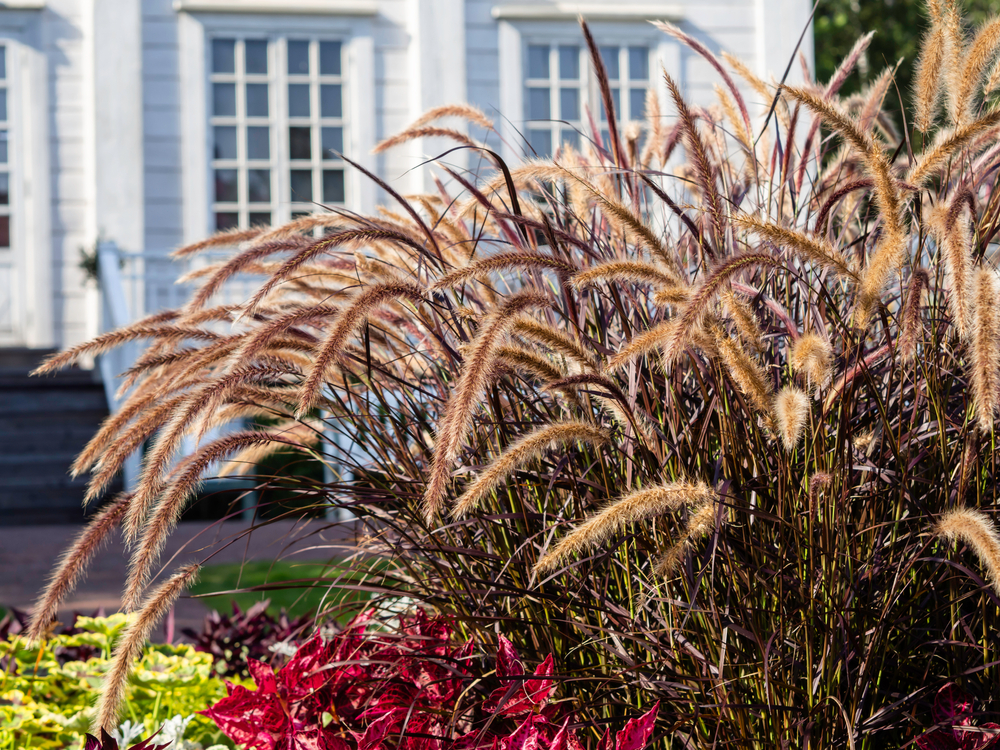
Purple Fountain Grass
-Zones: 9-10 (planted as an annual in colder climates)
-Growing requirements: Full sun and well-drained soil
-Size: To 5 feet tall
In the same family as our last pick, you can add some eye-catching color to your lawn with purple fountain grass, a.k.a. Pennisetum setaceum ‘Purpureum.’ It’s a favorite among gardeners everywhere due to its burgundy-red foliage that decorates landscapes all season long.
Its fluffy, bottlebrush-like flower spikes arch up and out above the foliage in the summertime. This tender perennial can even be used in container gardens.
Bottlebrush Grass
-Zones: 5-9
-Growing requirements: Full sun to part shade and well-drained soil
-Size: To 3 feet tall
You can add some wonderful texture to your woodland garden with some bottlebrush grass or Elymus hystrix. This native grass is well-known for its bristly flower heads that look like bottle brushes.
Opening green, then maturing to a brown color in late summer, the flower heads stay lovely into autumn. This is one of the few ornamental grasses on our list that’s adapted to dry shade conditions.
Little Bluestem
-Zones: 3-9
-Growing requirements: Full sun and well-drained soil
-Size: To 4 feet tall
It’s hard not to admire the lavender-blue color on the stem bases of little bluestem, a.k.a. Schizachyrium scoparium. This tough-as-nails prairie native was and still is one of the most dominant grasses of the vast tallgrass prairie zones, which once covered many regions of central North America.
The foliage turns different shades of bronze-orange in the fall. And you can look forward to seeing purplish-bronze flowers grow above the foliage in August, followed by clumps of silvery-white seed heads hanging on well into winter.
Ravenna Grass
-Zones: 5-9
-Growing requirements: Full sun and well-drained soil
-Size: To 12 feet tall
If tall perennials is what you’re looking for, consider planting some Ravenna grass, a.k.a. Saccharum Ravenna. In your garden. It’s one of the most immense and striking cold-hardy ornamental grasses. This huge, fast-growing plant sends up purplish-bronze plumes that turn a silver-gray color in the fall.
Its gray-green leaf blades also develop orange tones in autumn. Note: Ravenna grass is considered invasive in a few western states and has been spreading aggressively across many regions of the nation. So make sure you check your state’s invasive plant list before planting it.
Switchgrass
-Zones: 4-9
-Growing requirements: Full sun or part shade and well-drained soil
-Size: To 6 feet tall
As another North American prairie native, switchgrass offers airy plumes beginning in late summer and most of the fall. You can use it as an accent in large decorative containers or as a privacy screen at the edge of a pool.
Many varieties, such as “Dallas Blues,” even offer blue-gray foliage during the season and turn bright shades of red or gold in autumn.
Northern Sea Oats
-Zones: 3-8
-Growing requirements: Full sun or part shade and well-drained soil
-Size: To 5 feet tall
Shade-tolerant Northern sea oats, a.k.a. Chasmanthium latifolium, will offer you impressive seed heads, which dangle off the stems and somewhat look like oat spikelets. Even a soft breeze will flap the seed heads, which pop up green and turn a vibrant gold when autumn rolls around.
You can grow it as an accent in your backyard and use its spikelets for dried or fresh arrangements. Just remember that this grass is a fast spreader. So you might want to plant it in a container or some other spot that’ll keep it in check.
Reed Grass
-Zones: 5-9
-Growing requirements: Full sun and well-drained soil
-Size: To 6 feet tall
You can add an amazing vertical accent to your borders by planting some reed grass. These types of grasses form large clusters of narrow, flattened green leaves from which you’ll see upright flowering stalks rise bearing thin flower plums.
We recommend buying the “Karl Foerster” feather reed grass, a.k.a. Calamagrostis x acutiflora. It’s well-known for its tall, bright green leaves and buff-colored plumes that stay upright throughout most of the winter season.
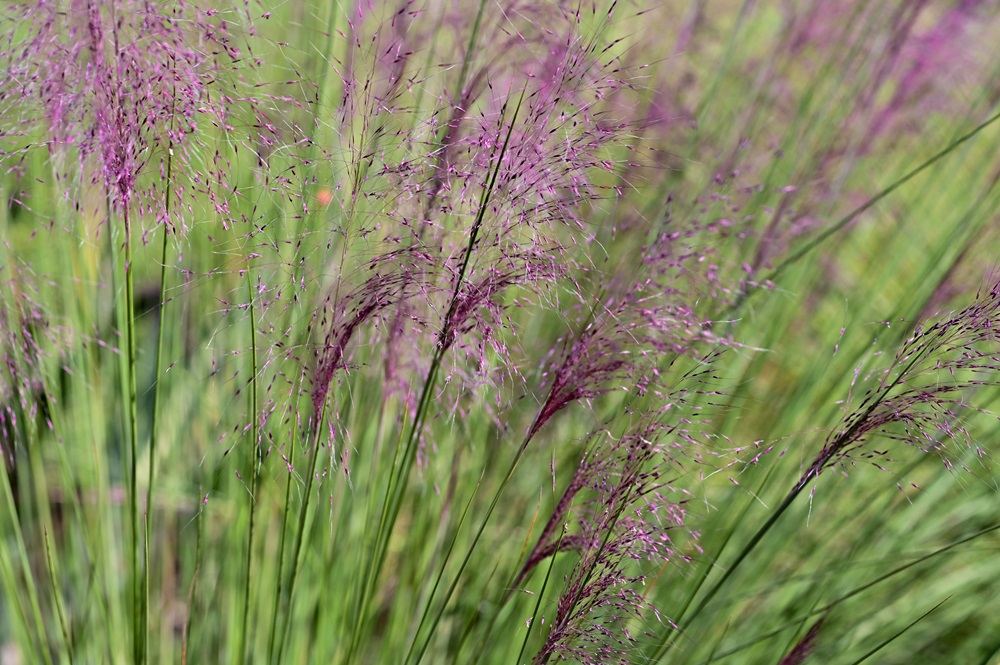
Purple Moor Grass
-Zones: 5-8
-Growing requirements: Full sun or part shade and moist soil
-Size: To 3 feet tall
Because of its versatility, many gardeners are attracted to purple moor grass, a.k.a. Molinia caerulea. Whether you wish to plant it as an accent, around ponds, or on a border, its see-through quality is a positive feature.
In the fall, its mounding green foliage turns a beautiful golden-yellow color, and its white and green flowers fade to brown and beige. This grass is suitable for partially shaded gardens with cooler summer climates.
Tufted Hair Grass
-Zones: 4-9
-Growing requirements: Full sun to part shade and moist, well-drained soil
-Size: To 3 feet tall
Depending on how the climate is where you live, tufted hair grass, or Deschampsia cespitosa, is a fantastic evergreen grass with airy, hairlike-textured plumes in shades of silver, gold, purple, and green.
This ornamental grass also has a lovely mounding habit. This cool-season grower likes moist habitats like meadows, shores, and damp woodlands.
Dwarf Pampas Grass
-Zones: 6-10
-Growing requirements: Full sun and well-drained soil
-Size: to 6 feet tall
This dwarf pampas grass, a.k.a. Cortaderia selloana, develops striking white flower plumes toward the end of summer and into early fall. You can plant it in the back of a border to enjoy the enormous flower heads all winter long. But just like standard pampas grass, this dwarf variety can become invasive.
So try to plant this ornamental grass where its roots won’t spread. And remember to use caution when you handle this drought-tolerant grass because its leaf blades are extremely sharp.
Just like a few of the other grasses on our list, pampas grass is known to invade sandy, moist ditch banks across several states in the western US. It can form dense stands that will choke out native species and can also become a fire hazard rather fast.
Liriope
-Zones: 4-10
-Growing requirements: Full sun to part shade and well-drained soil
-Size: To 17 inches tall
Also called lilyturf or monkey grass, liriope isn’t technically grass but a member of the lily family. Yet, its pretty mounding, grass-like foliage has a similar result in a garden. As an outstanding groundcover, liriope thrives in shade or sun and helps prevent erosion on steep slopes.
The ornamental grass sends up spikes of purple, lavender, or white flowers towards the end of summer, followed by bluish-black, berrylike fruits. This is yet another type of grass that’s considered invasive in some areas of the southeastern US.
Mexican Feather Grass
-Zones: 6-10
-Growing requirements: Full sun and well-drained soil
-Size: To 3 feet tall
Even the tiniest breeze will cause the sheer flower stalks and slender leaves of Mexican feather grass, a.k.a. Nassella tenuissima, to dance in the wind.
This graceful ornamental grass thrives in poor soil and can easily tolerate dry conditions. It looks fantastic planted in containers or scattered on a slope or meadow. Mexican feather grass is another suitable option for erosion control. Note: This type of grass is considered invasive in certain parts of California
Big Bluestem
-Zones: 4-9
-Growing requirements: Full sun and well-drained soil
-Size: Up to 6 feet tall
Native to the American prairie, Andropogon gerardii, frequently called big bluestem, is a tall, attractive grass that adapts easily to any type of landscape.
In the springtime, the greenery of this ornamental grass begins blue-green, and gradually turns green with little hints of red and finally switching to reddish-bronze in the fall.
The plants grow well in dry or moist soils. And this grass can be slow to take hold but will eventually form big, upright clumps that are useful for erosion control.
Takeaway
No matter which option you choose, bear in mind that many ornamental grasses that are commonly used for landscaping tend to escape gardens and conquer native species in natural areas.
So, while we can all agree that they’re beautiful, it’s a wise idea to check if a type of ornamental grass is deemed invasive in your region before planting it.
There are even native grasses that can spread aggressively and become weedy in the proper conditions, so it’s worth doing a little homework on anything you want to plant.
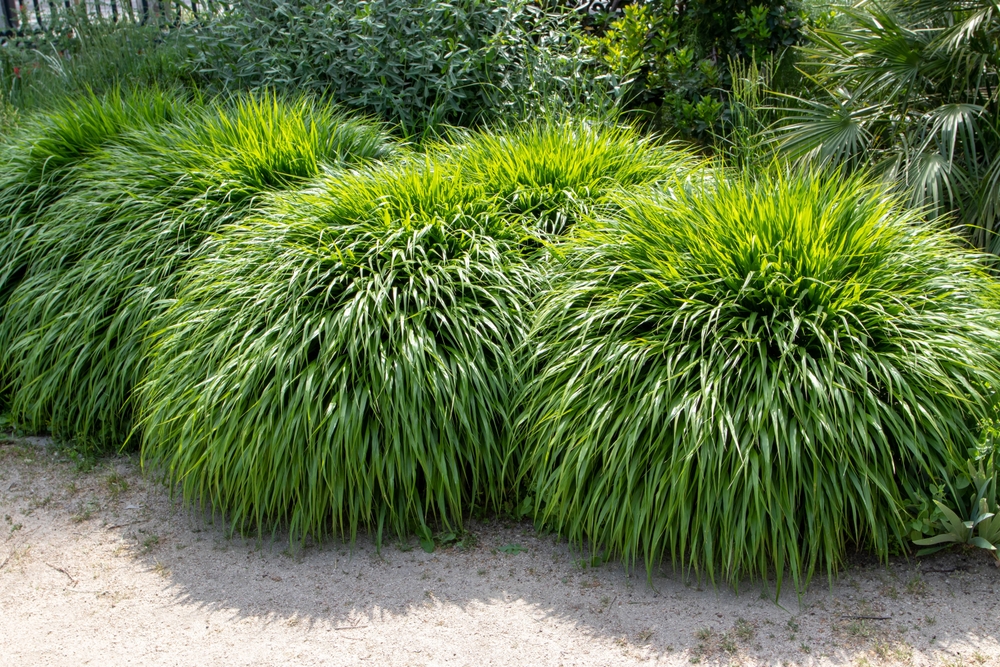
Frequently asked questions regarding ornamental grasses:
Do I have to cut back my ornamental grasses every year?
With most types of ornamental grasses, it’s ideal to wait until the end of winter or early spring to cut them back. The benefit of waiting until spring is that you can enjoy the visual appeal the grasses add to your winter garden while providing shelter and food for birds.
Once spring arrives, before the new shoots begin to pop up, use a sturdy and clean pair of shears to cut off the dead foliage roughly 3 to 5 inches from the ground.
When’s the best time to plant ornamental grasses?
Ornamental grasses should be planted sometime in the spring or at the beginning of autumn. Planting them in the spring will give your grasses plenty of time to establish a strong root system before that cold winter weather kicks in.
If you live in a warmer region, where winters are less bitter, you can wait until later into the fall to plant. Just be sure to plant them at least 6-8 weeks before the first frost hits for the best results.
Be sure to leave a comments to let us know which of these ornamental grasses are your favorites. And if you already have some of them in your yard, what have your experiences with them been like?
Meanwhile, if you liked this article, Gardeners And Plants also recommends reading: 9 Companion Planting Mistakes That Will Wreak Havoc in Your Garden

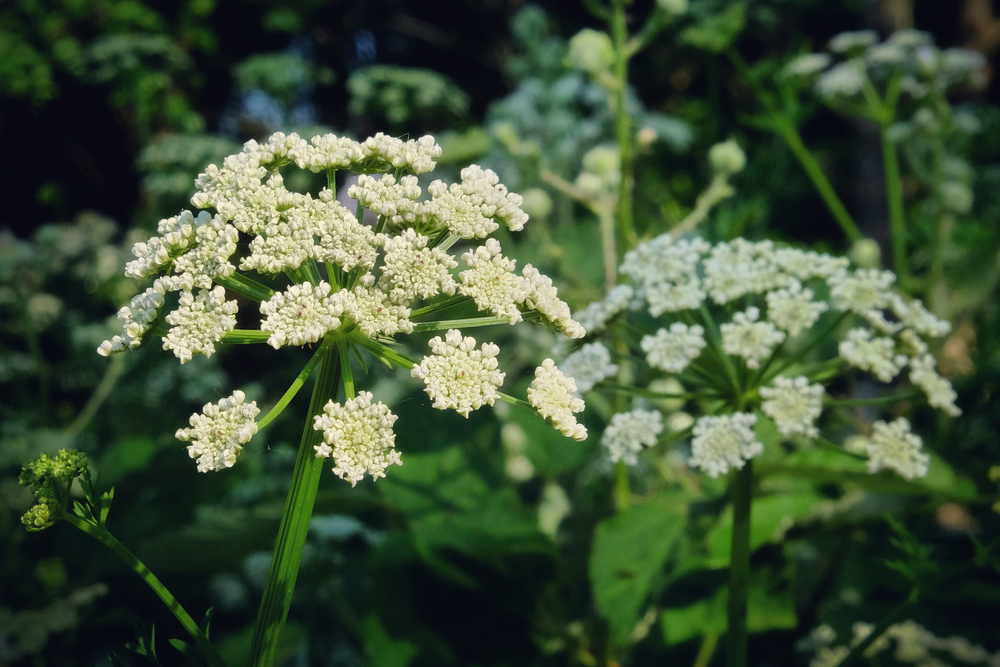
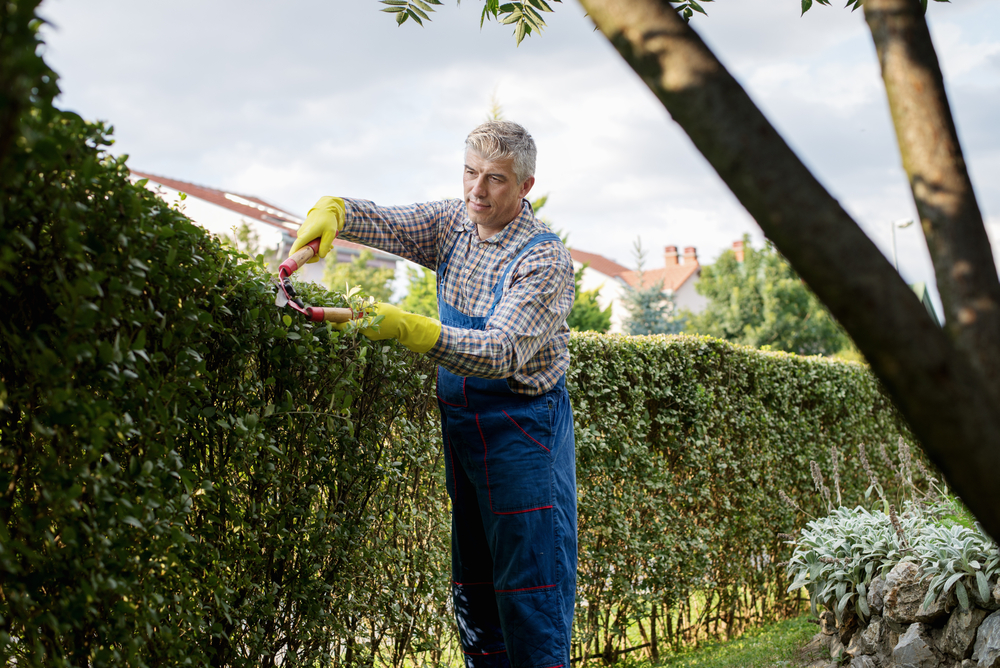
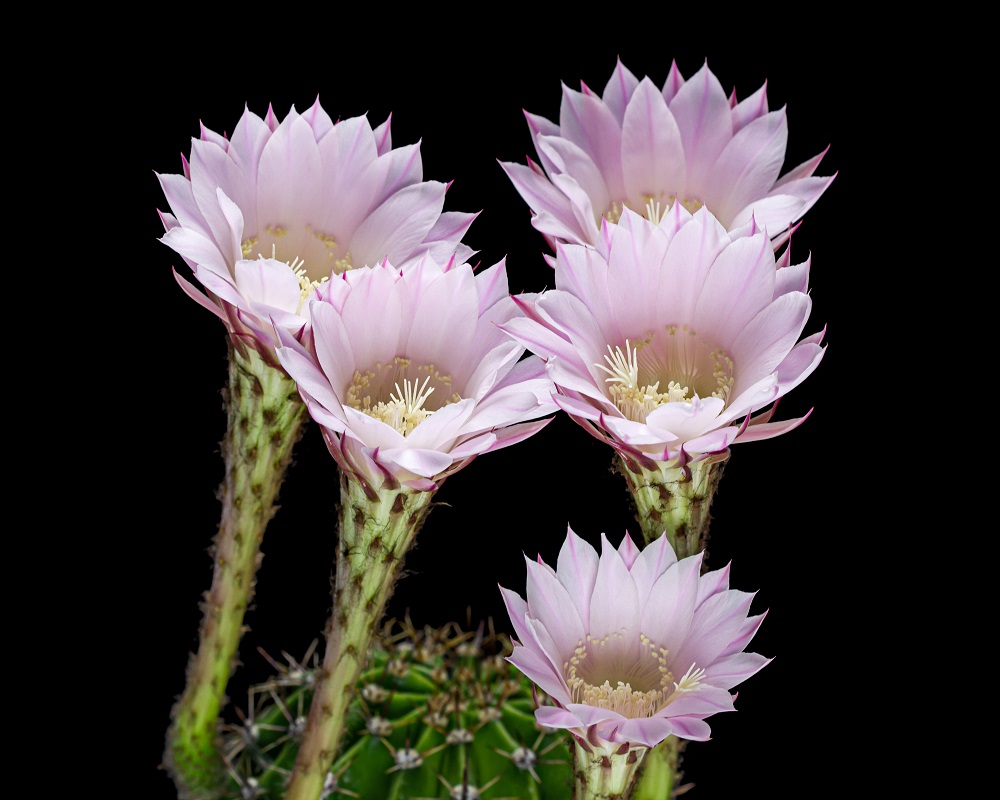
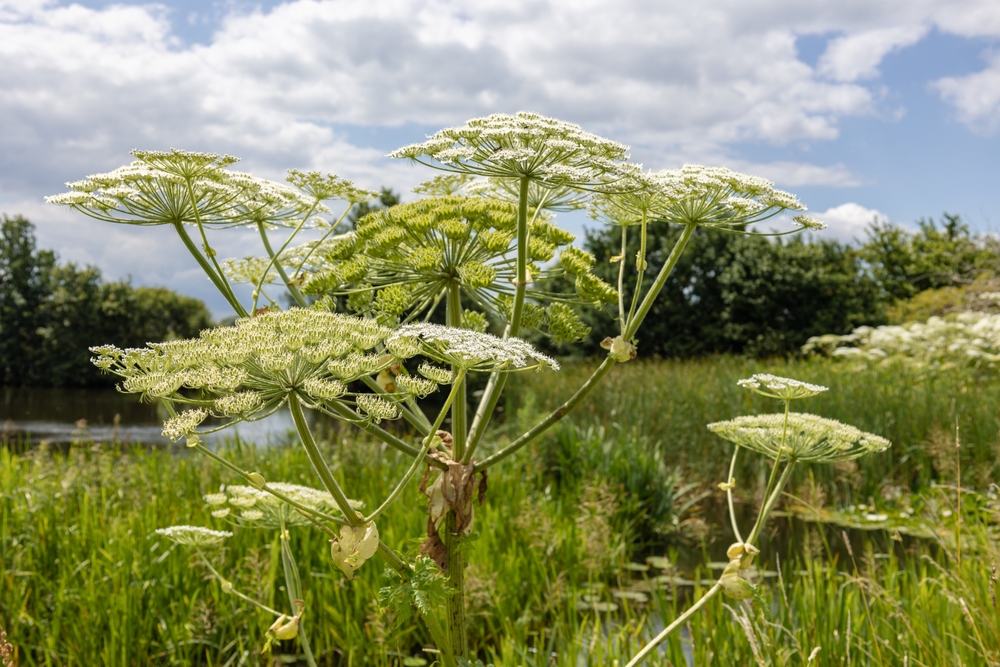
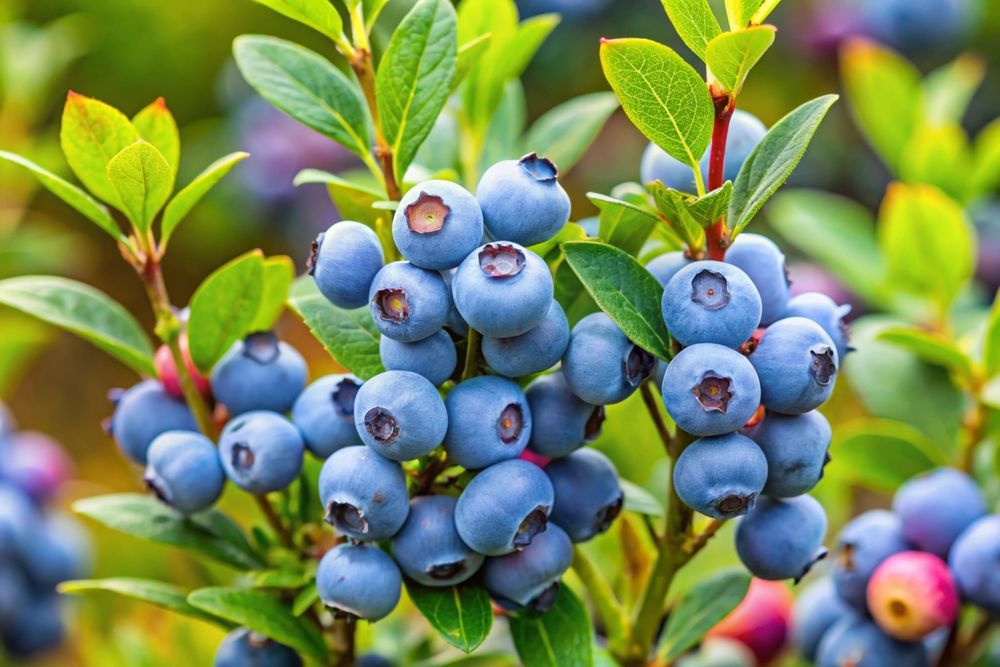

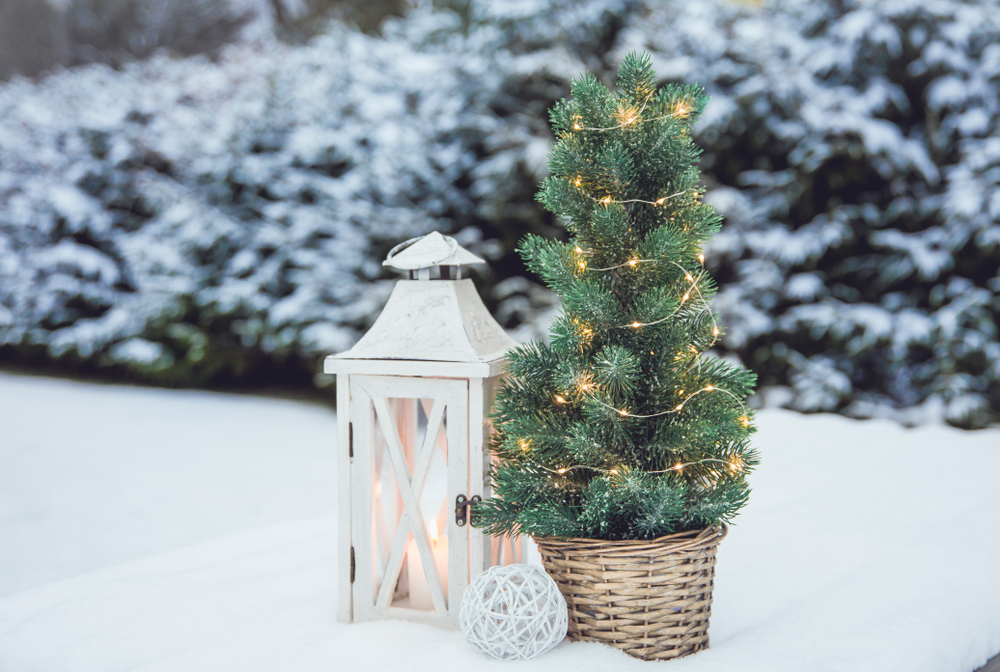
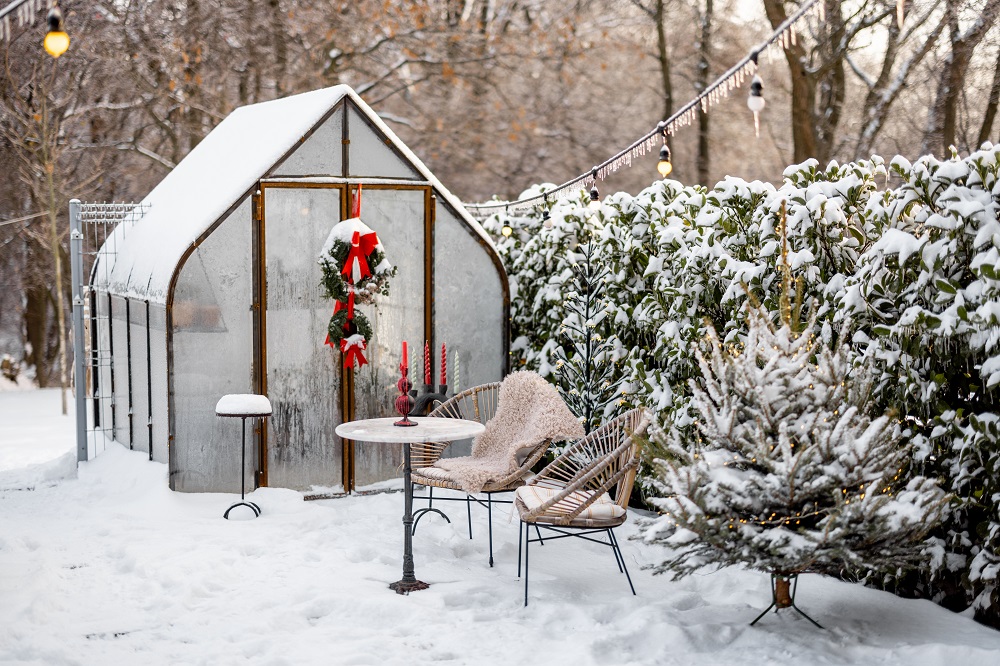
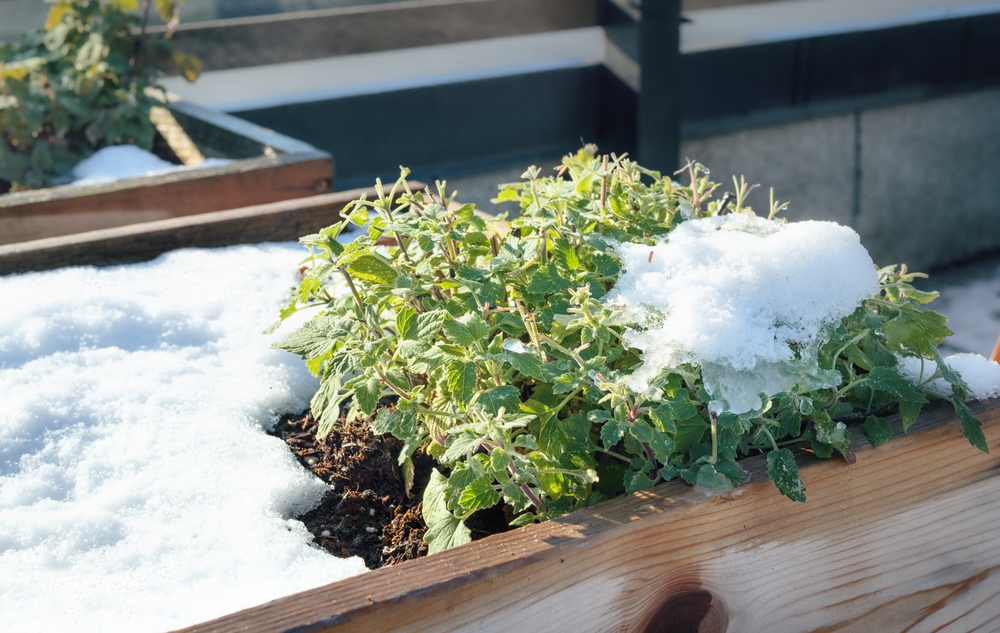
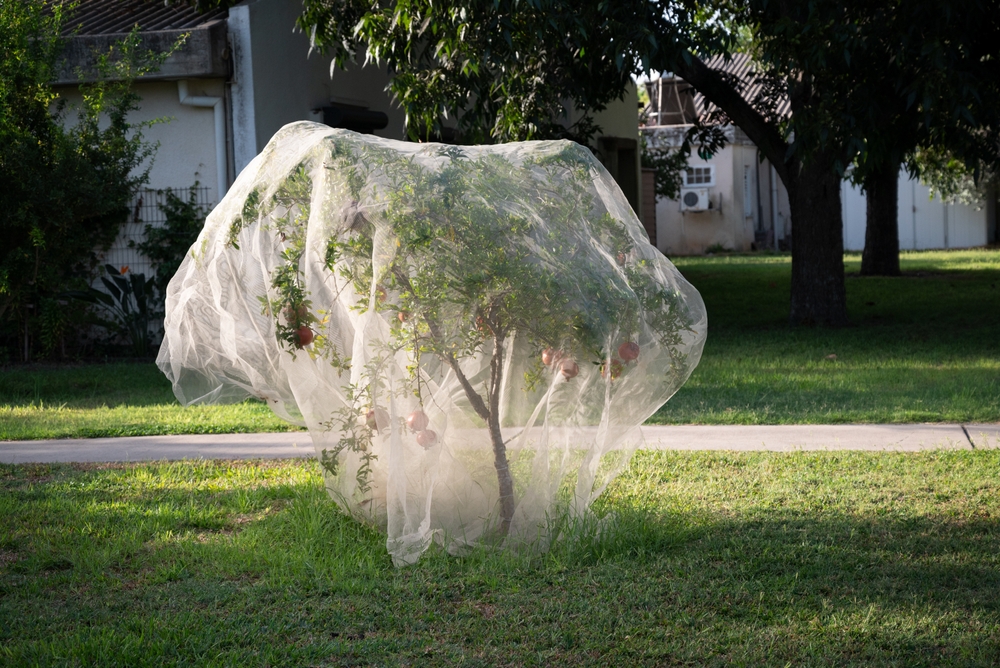
One Response
It would be nice to have a picture of each grass you write about, and where the zones are you speak of.